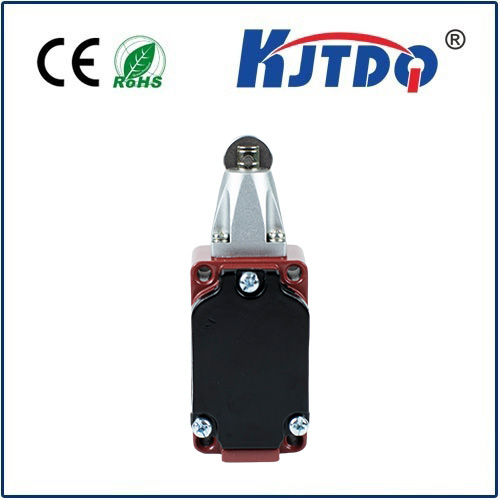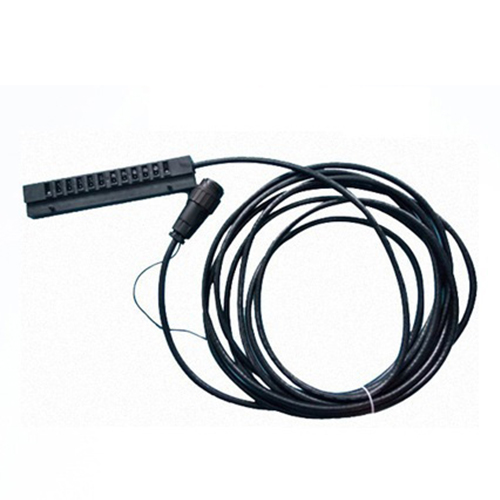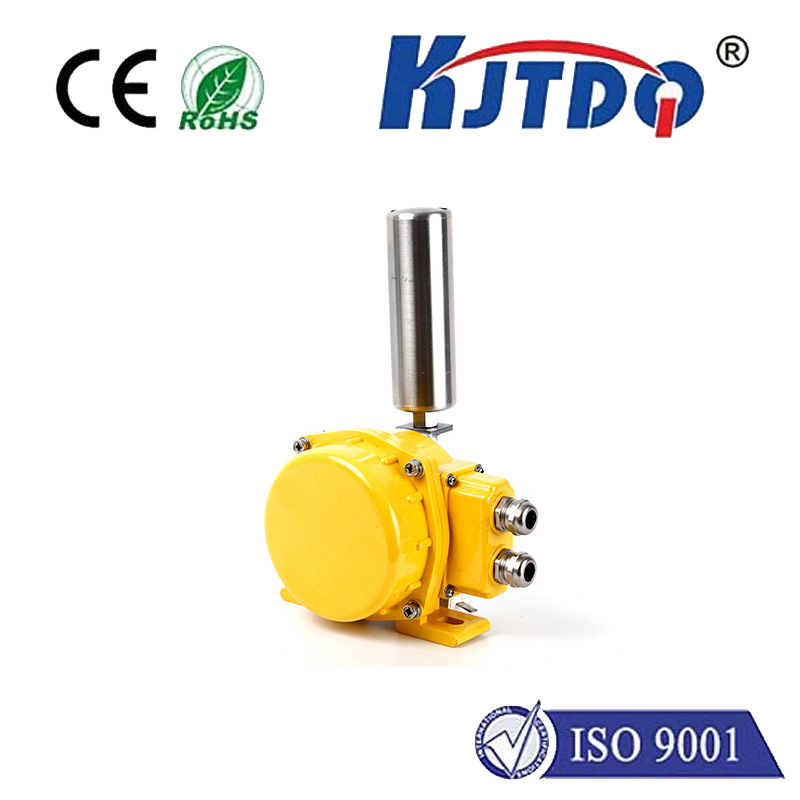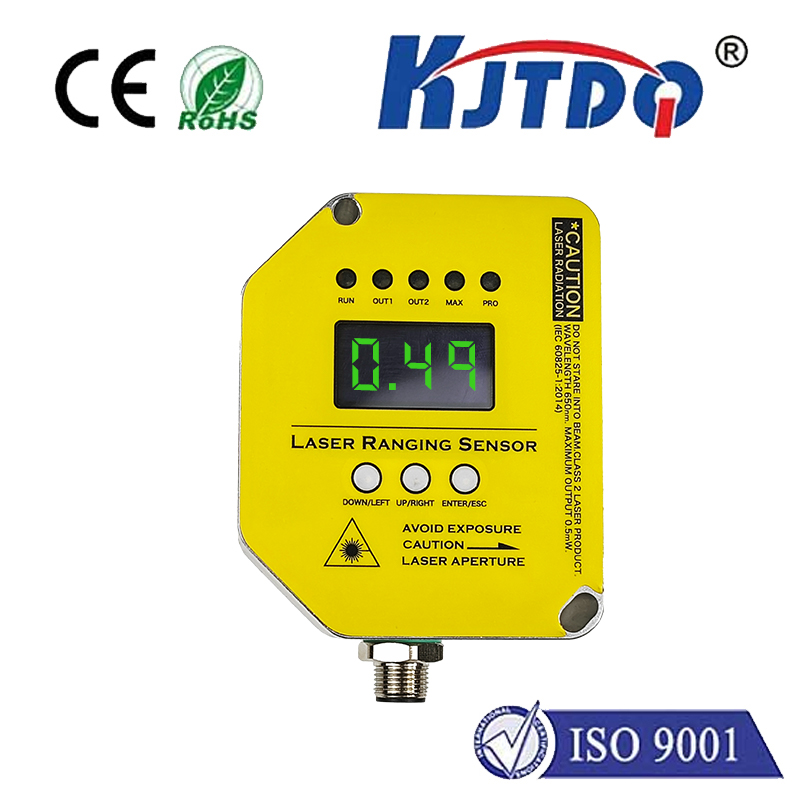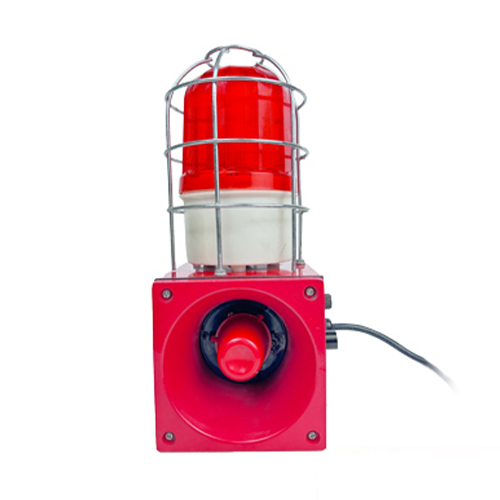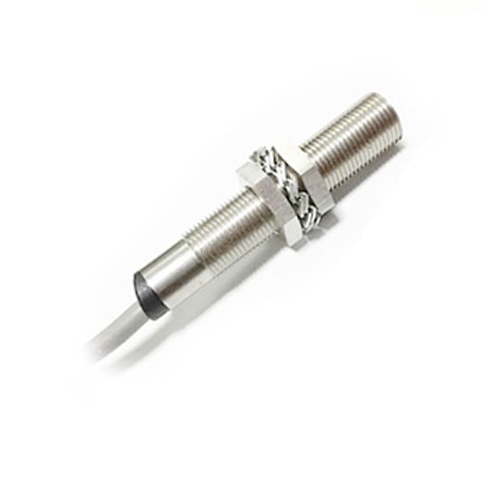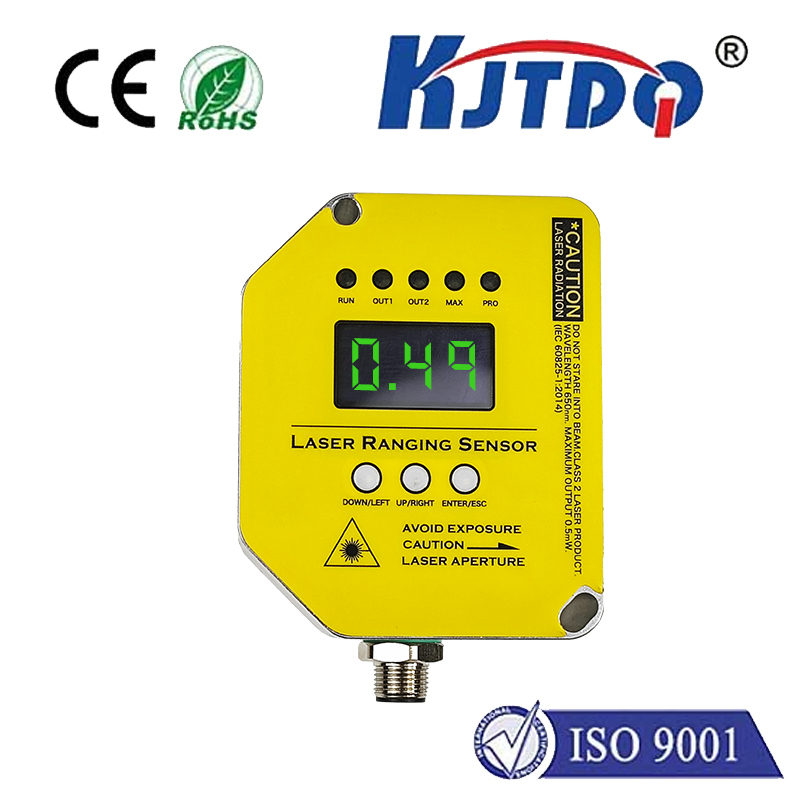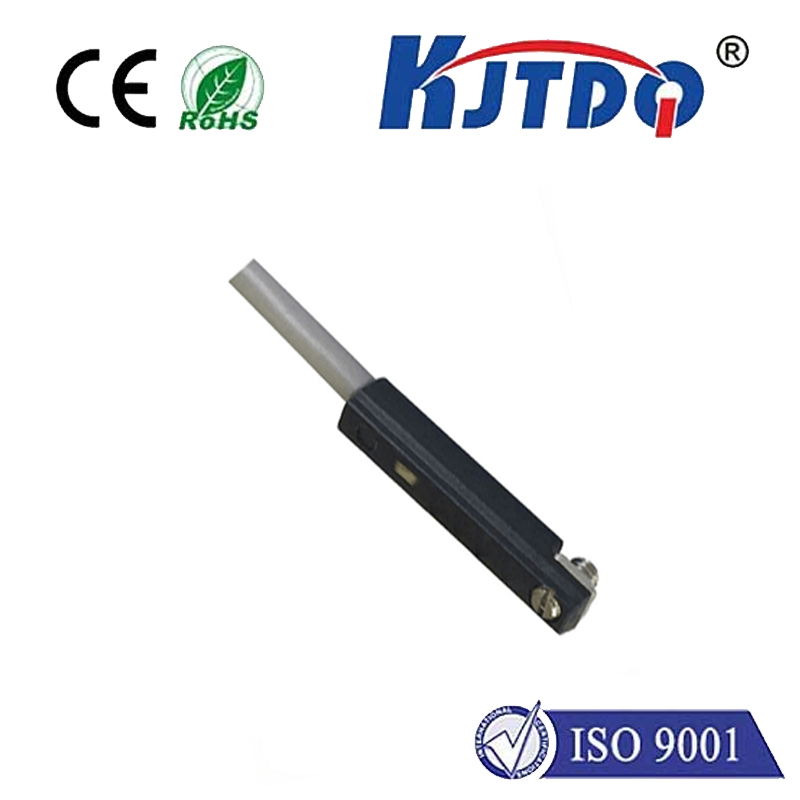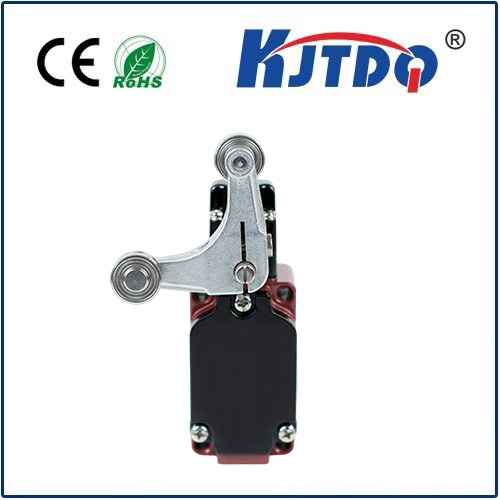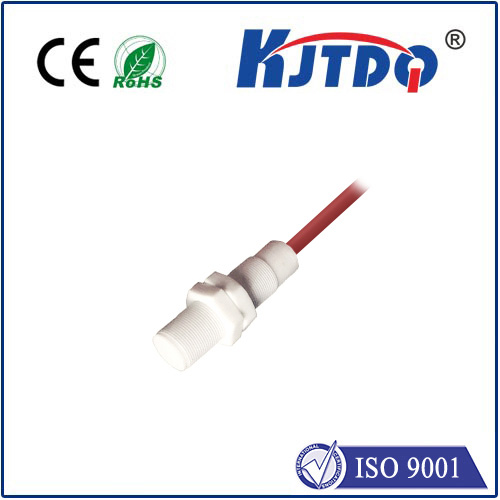slot photoelectric proximity sensor
- time:2025-09-10 17:17:32
- Click:0
Slot Photoelectric Proximity Sensors: The Unsung Heroes of Precise Object Detection
Imagine a world where your smartphone’s components snap into place with flawless accuracy every single time. Where intricate chocolate bars are perfectly wrapped without a single misalignment. Where complex machinery operates at breathtaking speed, knowing exactly when a critical part is present. Behind countless such feats of modern manufacturing and automation, often unnoticed but vitally important, lies the slot photoelectric proximity sensor. This unassuming device is a powerhouse of reliability in sensing applications demanding high precision and repeatability.
Demystifying the Slot Sensor
Unlike standard photoelectric sensors that mount the emitter and receiver separately, a slot photoelectric proximity sensor, also known as an optical fork sensor, integrates both components into a single, robust U-shaped or “fork-like” housing. The infrared or visible light emitter sits on one side of the gap (“slot”), directly facing the receiver on the opposite side. This configuration creates a self-contained through-beam photoelectric sensing system.
How the Magic Happens: Core Working Principle

The fundamental operation is elegantly simple yet incredibly effective:
- Emission: The integrated emitter constantly projects a beam of light (typically infrared for reduced interference) across the open slot.
- Interruption Detection: When an object passes through the slot, it physically interrupts the light beam traveling from the emitter to the receiver.
- Signal Change: The receiver detects this absence of light, triggering a change in the sensor’s output signal (e.g., switching from ON to OFF, or OFF to ON, depending on the sensor’s logic).
- Output: This signal change is communicated to the machine’s control system (like a PLC), initiating actions such as counting, stopping a conveyor, verifying part presence, or triggering the next step in a process.
Why Choose a Slot Photoelectric Sensor? The Compelling Advantages
Several key features make slot sensors indispensable in demanding environments:
- Exceptional Precision and Repeatability: The narrow, fixed gap between emitter and receiver allows for detecting extremely small objects or measuring minute positional changes with outstanding accuracy. Object size detection capability is primarily determined by the slot width and the beam’s focus.
- Immunity to Target Characteristics: Crucially, because sensing relies purely on beam interruption, the sensor’s performance is largely unaffected by the target object’s color, surface finish, material, or reflectivity. This is a significant advantage over diffuse reflection sensors.
- High Speed Capability: The instantaneous nature of light beam interruption enables these sensors to detect objects moving at very high speeds, making them ideal for rapid production lines.
- Environmental Resilience: Housed within a single robust unit, emitter and receiver are perfectly pre-aligned during manufacturing. This eliminates misalignment issues caused by vibration, shock, or thermal expansion/contraction common with separate emitter-receiver setups (through-beam sensors). The housing also offers significant protection against dust, splashes, and physical impacts (varying by IP rating).
- Simplified Installation and Maintenance: Mounting a single sensor unit is far quicker and easier than aligning two separate components. This reduces installation time and eliminates subsequent alignment checks.
- Reliability: The inherent simplicity, pre-alignment, and resilience contribute to exceptional operational reliability and long service life.
Where Slot Sensors Shine: Key Applications
Their unique blend of precision, speed, and reliability makes slot photoelectric sensors vital across numerous industries:
- Manufacturing & Assembly: Verifying tiny component presence/absence on PCBs, counting small parts (screws, pills, washers), detecting labels or tabs, confirming correct part insertion, checking for broken tools, monitoring shaft rotation or position via a flag.
- Packaging: Ensuring carton flaps are properly folded, detecting missing caps or lids on bottles/jars, verifying the presence of items within boxes, controlling label application timing, counting items entering packaging machines.
- Printing & Paper Handling: Detecting paper edges or jams in printers and copiers, verifying sheet feed, counting tickets or forms, monitoring web breaks.
- Automated Material Handling: Confirming part presence on conveyors before sorting or processing, ensuring pallets are correctly positioned under robotic arms, detecting objects entering restricted zones.
- Robotics: Providing precise positional feedback for robotic arms or end effectors, verifying gripper engagement with an object.
- Security Systems: Used in tamper detection for enclosures or safes where breaking a beam signals unauthorized access.
Selecting a Slot Sensor: Key Considerations
To ensure optimal performance for your specific need, consider these factors:
- Slot Width: Determines the maximum size of the object that can pass through and influences the minimum detectable object size.
- Sensing Distance: Effectively the width of the slot itself, as detection occurs anywhere within the gap. Choose a slot width wide enough for the object to pass through comfortably but narrow enough to detect small targets reliably.
- Minimum Detectable Object: Specifies the smallest object diameter the sensor can reliably detect when interrupting the beam. Crucial for precision applications.
- Response Time: How quickly the sensor reacts to beam interruption. Vital for high-speed applications.
- Output Type: Options like NPN, PNP transistor outputs (different load types) or relay outputs. Match to your control system’s input requirements.
- Connection Type: Pre-wired cables or connectors (e.g., M8, M12).
- Housing Material & Protection Rating (IP): Choose robust materials like metal or reinforced plastic and an IP rating (e.g., IP67) suitable for the environment (dust, moisture, washdown).
- Light Source: Infrared (most common, less visible interference) or red light (easier for alignment verification where permitted).
- Special Features: Some models offer teachable sensitivity, adjustable hysteresis, or synchronization capabilities to prevent crosstalk when multiple sensors are mounted close together.
The Quiet Achiever in Automation
From intricate electronics assembly to high-speed packaging lines, slot photoelectric proximity sensors provide the unwavering precision and robust reliability demanded by modern automation. Their ingenious through-beam design housed in a single, resilient unit offers significant advantages: immunity to challenging target materials, high-speed operation, vibration resistance, and simplified installation. While they might not be the most glamorous components on a production floor, their role in ensuring quality, efficiency, and safety is truly indispensable. Understanding their capabilities and selection criteria empowers engineers to effectively deploy these “optical forks” as the foundation for countless precise detection tasks, quietly underpinning the smooth flow of automated systems everywhere.






